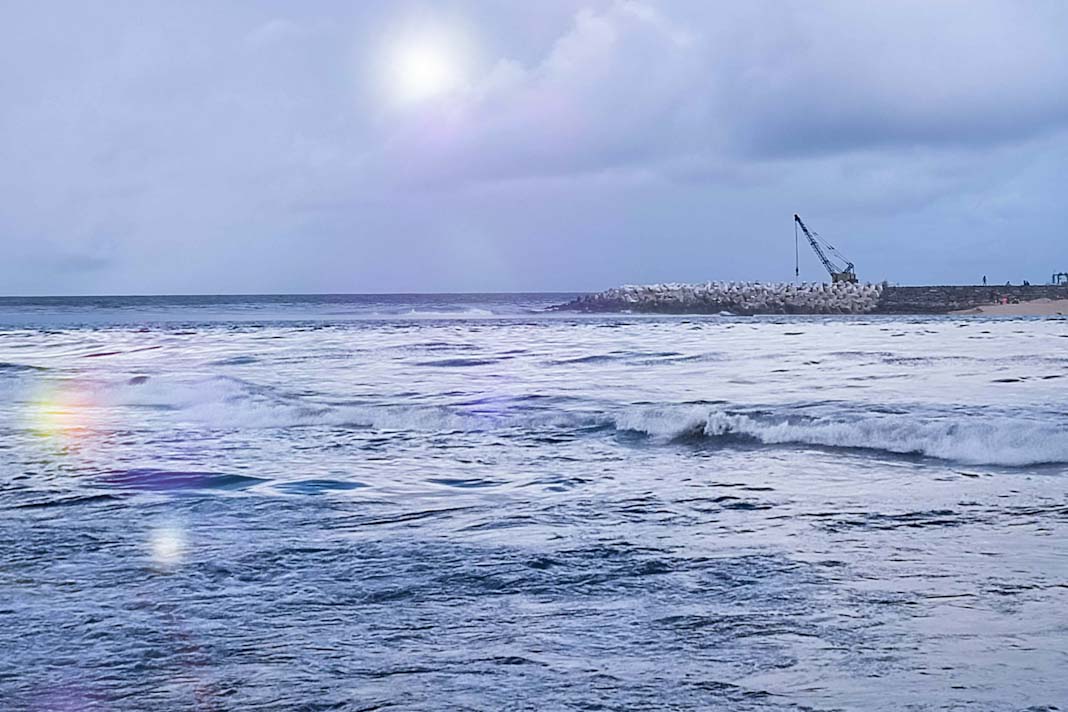- Scrubber spread indices continued to fall across major ports, keeping VLSFO more cost-effective than HSFO with scrubber systems.
- Floating LNG terminals are expanding rapidly, with global capacity projected to reach 42 mtpa by 2030, supported by higher utilization rates and growing demand.
- Europe’s gas storage levels rose to nearly 70%, showing steady progress in replenishment, while LNG bunker fuel became more expensive than MGO LS at the port of Sines.
- Undervaluation trends intensified across all fuel grades, with only Rotterdam in the MGO LS segment remaining overvalued, though nearing full alignment with benchmark pricing.
- Fuel quality concerns escalated, with a notable increase in catalytic fines, sediment levels, and viscosity in VLSFO samples, especially in ARA, Skagen, and Piraeus.
By the close of Week 32, global bunker fuel prices continued their downward trajectory, with all major indices recording noticeable declines. This trend persisted despite market speculation around possible U.S. secondary sanctions or import duties, which could have supported prices. The 380 HSFO index dropped by $8.02 to $468.36/MT, while the VLSFO index fell by $10.65, settling at $553.49/MT. The most significant decrease was seen in the MGO index, which declined by $25.83 to $766.51/MT. At the time of reporting, signs of a potential upward correction were beginning to emerge in the bunker market, according to the LinkedIn post shared by Sergey Ivanov, Director at Marine Bunker Exchange (MABUX).
Market Trends in Scrubber Spread and LNG Bunkering
The Global Scrubber Spread (SS), which measures the price gap between 380 HSFO and VLSFO, continued its downward trend last week. The spread narrowed by $2.63 to $85.13, staying well below the $100.00 breakeven threshold. The weekly average also dipped by $2.17. In Rotterdam, the spread decreased by $5.00, settling at $58.00, while Singapore saw a $1.00 drop to $98.00—both figures reflecting continued pressure on the scrubber-related pricing. Under current pricing conditions, using conventional VLSFO remains more economical than opting for HSFO combined with scrubber systems.
In the LNG segment, floating liquefied natural gas (FLNG) terminals are becoming a significant force in the global LNG market. Once limited by technical hurdles, FLNG terminals have now reached utilization rates comparable to onshore facilities, offering a reliable and efficient alternative. Rystad Energy forecasts a sharp rise in global FLNG capacity—from 14.1 million tonnes per annum (mtpa) in 2024 to 42 mtpa by 2030, with further growth expected to 55 mtpa by 2035. Terminals launched before 2024 reported average utilization rates of 86.5% in 2024 and 76% in 2025.
In Europe, regional gas storage facilities were 69.96% full as of August 5, marking a 2.33% increase over the previous week. Although still slightly below the 71.33% recorded at the start of the year, the data shows that storage levels are gradually recovering. Meanwhile, the European TTF gas benchmark edged up slightly by 0.303 euro/MWh, reaching 34.406 euro/MWh.
In the port of Sines, Portugal, LNG bunker prices rose by $16 to $768/MT. However, the price advantage of LNG over conventional marine fuel reversed. As of August 5, LNG was priced $4 higher than MGO LS, compared to a $40 advantage the previous week, with MGO LS priced at $764/MT.
Undervaluation Trends Persist in Bunker Pricing; Fuel Quality Concerns Grow
In Week 32, the MABUX Market Differential Index (MDI), which compares market bunker prices (MBP) with the MABUX Digital Benchmark (DBP), continued to reflect a broad trend of undervaluation across major global ports—Rotterdam, Singapore, Fujairah, and Houston. In the 380 HSFO segment, all four ports remained in undervalued territory. Rotterdam and Houston saw the index rise by 13 and 7 points, respectively, while values in Singapore and Fujairah held steady. Fujairah’s MDI continued to stay close to the benchmark level of $100.00.
In the VLSFO segment, Rotterdam moved back into the undervalued category, joining the other key ports. The weekly undervaluation grew deeper, with MDI increasing by 16 points in Rotterdam, 1 point in Singapore, 4 points in Fujairah, and 10 points in Houston. Houston’s index came close to reaching the $100.00 mark.
For MGO LS, Rotterdam remained the only overvalued port, though its MDI fell by 3 points. Singapore and Fujairah recorded notable declines of 15 and 17 points, respectively, while Houston showed a slight increase of 1 point. Rotterdam’s MDI is moving closer to achieving full alignment between market and benchmark pricing, whereas Fujairah’s index remains above the $100.00 mark.
Sediment-related issues also worsened. The ARA region reported 54.5% of VLSFO off-spec samples due to sediment in Q2, up from 43.1% in Q1. Skagen recorded the highest sediment-related off-spec rate at 84.6%. Overall off-spec rates for VLSFO rose sharply in several locations, including Piraeus (12.5%) and Port Louis (11.4%). For DMA 0.10%, the global off-spec rate increased slightly to 2.3% in Q2, up from 2.2% in Q1.
Did you subscribe to our Daily newsletter?
It’s Free! Click here to Subscribe!
Source: Sergey Ivanov on LinkedIn

















